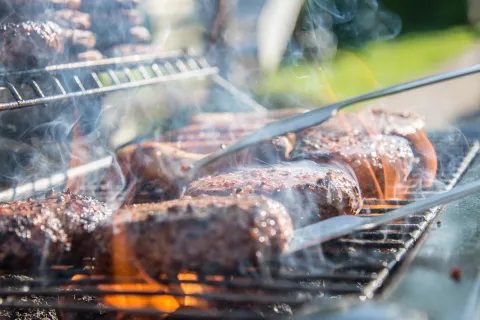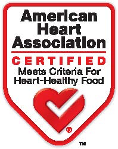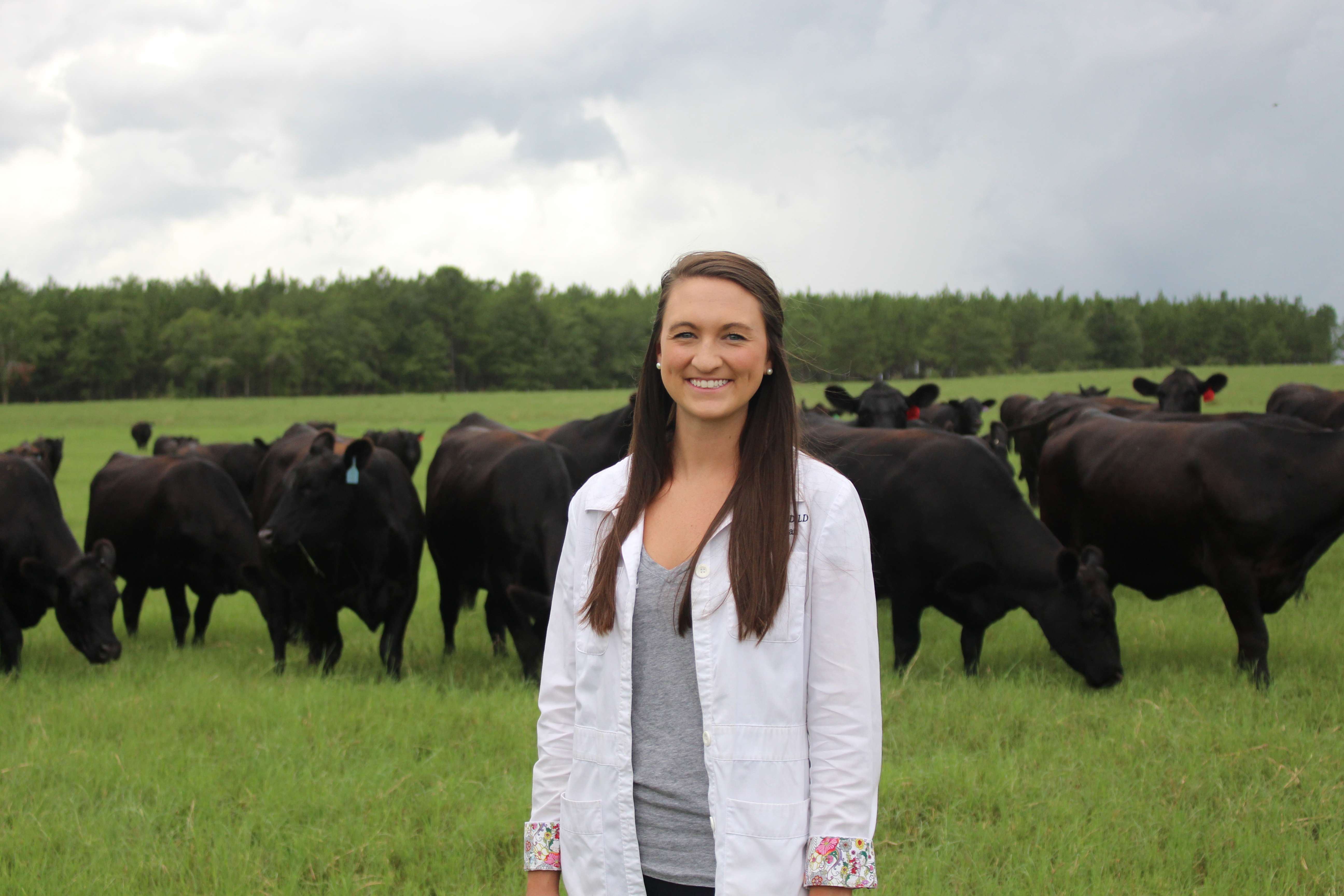
June is beef month in South Carolina, so all month long we’ll be bringing you delicious recipes and helpful information about this protein powerhouse!
To kick off our series, we’ll hear from Nicole Yon, R.D., Saluda County Young Farmer and farm wife, about the many health benefits of including beef in a balanced diet.
From: WHY OUR FAMILY WON’T PARTICIPATE IN MEATLESS MONDAY, BUT ITS OK IF YOU DO (PART 2 – BEEF NUTRITION), www.fromfarmtolabel.com
After dating my now-husband for almost a year and a half, I finally gave in and admitted that I liked eating beef.
Growing up my mom used ground turkey to make hamburgers, meatballs, sloppy joes, chili, and meatloaf. I never cared for any of these things but like a good mom, she always encouraged me to try “just a bite.” I never really questioned why my mom used ground turkey over ground beef. Either way, I decided that I didn’t like ground beef and somewhere along the way, with the help of the media, that idea morphed into the idea that beef must be “bad” for us.
When I met Drake and found out that his family made their living by raising Angus cattle it didn’t bother me, but I definitely didn’t start eating beef. The first time Drake came to my apartment in college I made dinner for us. I happened to be running a half-marathon the next day and prepared a hearty meal of spaghetti, prepared with ground turkey. It’s a true miracle that Drake didn’t walk out the door and never return. He choked down two healthy portions and months later told me to never prepare ground turkey again. When we would come home to the farm I would politely eat whatever was prepared (it was always something with beef: pot roast, hamburgers, beef stew, chili – you name it). Around this same time I was getting a little more in-depth in my nutrition coursework and it was starting to make sense that foods shouldn’t be labeled as “good” or “bad” – and maybe I needed to take another look at this whole category of food that I had disregarded.
As it turns out, there are many great reasons why beef can be part of a healthy diet.
Beef contains 10 essential nutrients
- Protein – Beef is a protein powerhouse! In just 3oz of beef you can get almost 50% of the DV (daily value) of protein in less than 200 calories!
- Iron – beef provides “heme-iron,” a more absorbable form of iron compared to “non-heme” iron found in plant sources. Iron is an essential component of hemoglobin and myoglobin which help our body use and transport oxygen.
- Choline – Choline has many functions including to help to break down and promote digestion of fat and it functions as a neurotransmitter in the brain.
- Selenium – Selenium is also involved in fat metabolism and acts as an antioxidant, protecting cells from damage.
- Vitamins B6 (pyridoxine) and B12 (cobalamin) – These “B” vitamins are all about the brain! Vitamin B6 is essential in the synthesis of neurotransmitters such as serotonin, epinephrine, norepinephrine. B12 deficiency can lead to neurological symptoms such as impaired cognition and depression.
- Zinc – over 300 different reactions utilize Zinc within the body including synthesis and degradation of carbohydrates, lipids (fats), and proteins. Zinc is also essential for our immune system, central nervous system, and expression of genetic information.
- Phosphorus – our body uses the majority of our phosphorus intake to help build our bones and teeth. The small remainder is used in metabolic reactions and is present in every cell membrane within the body.
- Niacin – Most niacin is used for energy production and metabolisim of carbohydrates, fatty acids, and amino acids as well as DNA repair.
- Riboflavin – Riboflavin is essential for the metabolism and digestion of carbohydrates, amino acids and lipids.
Beef is Lean
In order for a cut of beef to be considered lean it must have less than 10gm of total fat (with 4.5gm or less of that being saturated fat) and less than 95mg of cholesterol per 3.5oz serving. Popular lean cuts include top sirloin steak, strip steak or top loin steak, tenderloin steak, and 95% lean ground beef. It’s not difficult to find a lean cut in the supermarket – more than 60% of whole muscle beef cuts qualify as “lean” when visible fat is trimmed.
Beef is Heart Healthy
A “Heart Healthy” diet typically focuses on eating less processed foods, and eating more fruits & vegetables and selecting lean proteins. The American Heart Association’s Heart-Check program has identified nine extra-lean beef cuts that can be included in a heart-healthy diet (signified by this logo) . These “extra-lean” cuts must have less than 5gm total fat (with 2gm or less of that being saturated fat) and less than 95gm of cholesterol. These cuts include extra lean 96% ground beef, bottom round steak, sirloin strips, sirloin filet, sirloin kabob and top sirloin steak.

As a Registered Dietitian, I support evidence-based practice, meaning I rely on current research to guide my nutrition recommendations. There are two recent studies (BOLD: Beef in an Optimal Lean Diet and the Beef WISE study: Beef’s Role in Weight Improvement, Satisfaction, and Energy) that have been published somewhat recently that support including beef as part a heart healthy diet. Both of these studies deserve a more in-depth review but we’ll save that for another Monday. Until then, rest assured that lean beef certainly can be part of a healthy diet.


Nicole's favorite way to enjoy beef - tacos!
Check out all three meatless Monday posts from Nicole here.
References:
BEEF. It’s What’s For Dinner The Nutrients you need with a taste you love and Lean Beef- a super satisfying balance of taste and nutrition
Krause’s Food and the Nutrition Care Process, 13th Edition

Nicole Yon is a Registered Dietitian and farmer’s wife helping to bridge the gap between farmers and consumers. Follow along at www.fromfarmtolabel.com, or on Instagram @fromfarmtolabel.